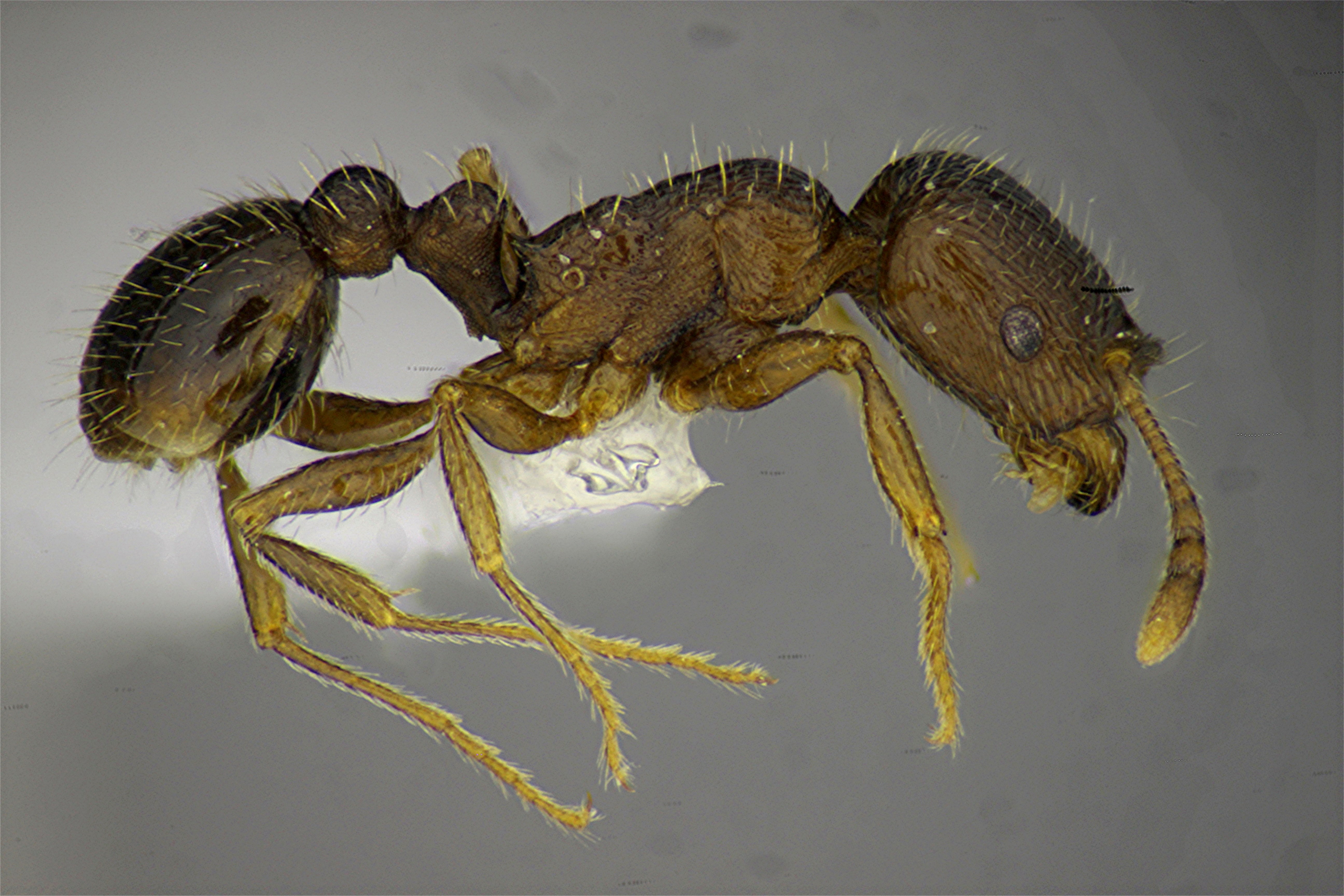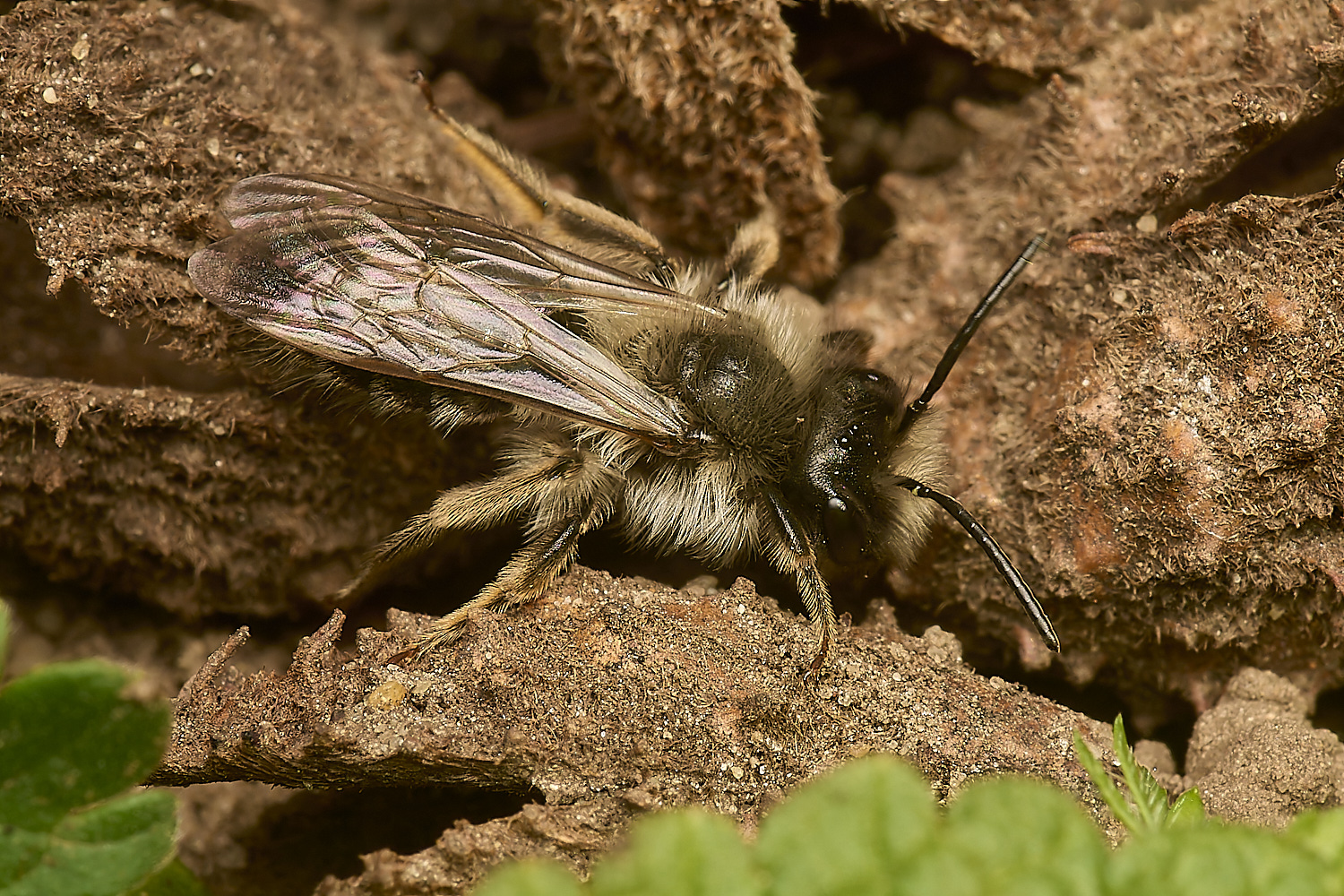2015-06-21_01-24-49 M=B R=10 S=2 Mdi.jpg





T. impurum is a native species of western, central and southern Europe, similar in general appearance and habits to T. caespitum, except for being lighter in colour on average, and less thermophilic in its choice of nesting sites.
So far, only one verified record of T. impurum exists in the BWARS recording area, at Port Soif Common on the northwest coast of Guernsey, where a single nest was found in 2013 under a stone at the broken shoreline edge of old dune grassland, (Attewell & Wagner, 2019). Seifert (2018) stated that the specimens belonged to the eastern clade of the species, extending to the Benelux countries, central Europe, the Balkans and Asia Minor, whereas Attewell & Wagner (2019) showed that they quite definitely belong to the western clade of Iberia and western France. Close observation may detect the species elsewhere in the Channel Islands and potentially also in mainland Britain, especially the southwestern coastal areas.
The species has as yet no conservation status.
The Guernsey site is a broken rocky shoreline where shallow stones sit on the edge of old dune grassland, with full sun exposure. It is therefore quite xerothermous. Seifert (2018) states that it is a less thermophilic species than T. caespitum, and, in central Europe at least, prefers loamier soils than caespitum.
Wagner et al. (2017) includes dichotomous keys and discriminants for determination, albeit requiring very precise measurements.
Alates are found in the nests from late June to early November, flying from the end of July to the beginning of October, in the afternoon, on average seven weeks later than T. caespitum (Seifert, 2018).
2024


Else & Edwards Understandings Reference
A new, downloadable, draft key to the Pompilidae (spider-hunting wasps) plus a link to the Pompilidae section of Steven Falk's Flickr site has been added to the Identification guides page